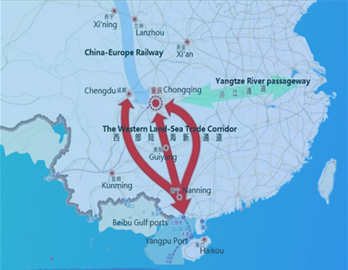Guangxi ancient tea variety finds new markets
Updated: 2020-07-30
Liubao town in Wuzhou, Guangxi Zhuang autonomous region, is famed for dark tea with a 1,500-year history. Its reputation reached its peak starting in the Ming Dynasty (1368-1644) and has carried through to modern times.
Liubao tea was donated as tributes to Emperor Jiaqing during Qing Dynasty (1644-1911) as representing the country's best.
When Chinese emigrants went to Southeast Asia in the latter part of the 19th century, they used the tea as herbal medicine to counter the hot, humid weather. It won particular popularity among Chinese miners.
In 2019, more than 17,000 metric tons of Liubao tea were produced in Wuzhou, valued at more than 2.55 billion yuan ($363.5 million). It is now a pillar industry in boosting the economy of poor regions.
For example, in Shanping village, a community of the Yao ethnic group, veteran tea cultivator Zhu Xuelan helps her neighbors improve their planting techniques and promote their black tea to a wider market. Average annual income per capita is now nearly10,000 yuan. Zhu is not only a veteran tea cultivator but also a deputy to the National People's Congress.
In nearby Tangping village, an inheritor of intangible cultural heritage, Wei Jiequn, 62, and her daughter Shi Rufei, 33, stick to traditional handmade techniques when processing tea, including drying, baking and fermenting the leaves.
They run a workshop in the village in which tourists learn about Liubao tea culture by experiencing the production process. Increasing e-commerce is helping expose the ancient tea to new drinkers.



